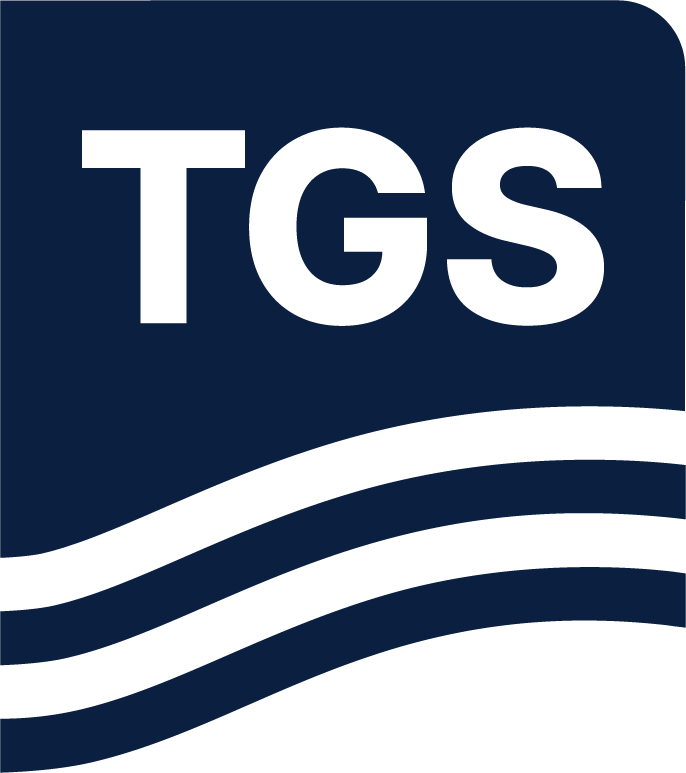Among the various converted wave types, those converting at both the top and base of salt formations—such as PSPP and PPSP—pose a significant problem due to their higher amplitudes and complex moveout behavior. Symmetrical modes like PSSP, while theoretically present, often typically not observed in the field dataset due to weaker amplitude and longer travel times. Standard suppression techniques include filtering based on velocity discrimination or targeted muting via travel-time modeling, but these approaches may be ineffective in areas with irregular salt geometry.
To address this issue more robustly, we explore an alternative approach involving dual acoustic simulations. By running 3D acoustic modeling twice—once with the base salt interface included and once without—we isolate the energy associated with converted wave phenomena (Kumar et al., 2018). The resulting synthetic data enables a cleaner estimation of the converted wavefield, which can then be subtracted from the original gathers prior to migration. This method provides a more reliable suppression of mode-converted noise, especially in geologically complex regions.
This paper demonstrates the application of this modeling-based attenuation strategy on recently acquired multisensor datasets from the Eastern Mediterranean. The results highlight the potential of this approach to significantly improve image clarity, assist in amplitude preserving workflows, and enhance the reliability of velocity model building in areas affected by strong P-S mode conversions.

